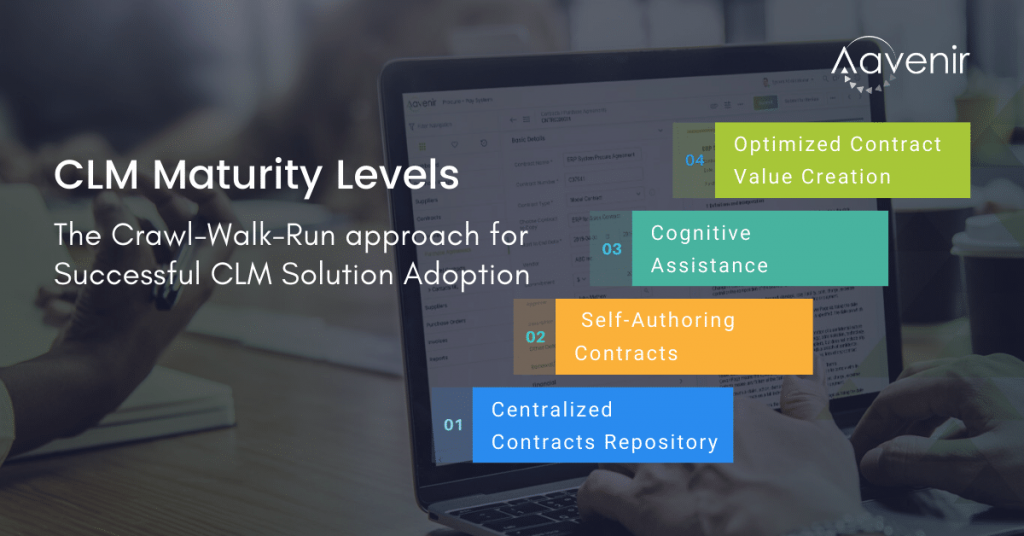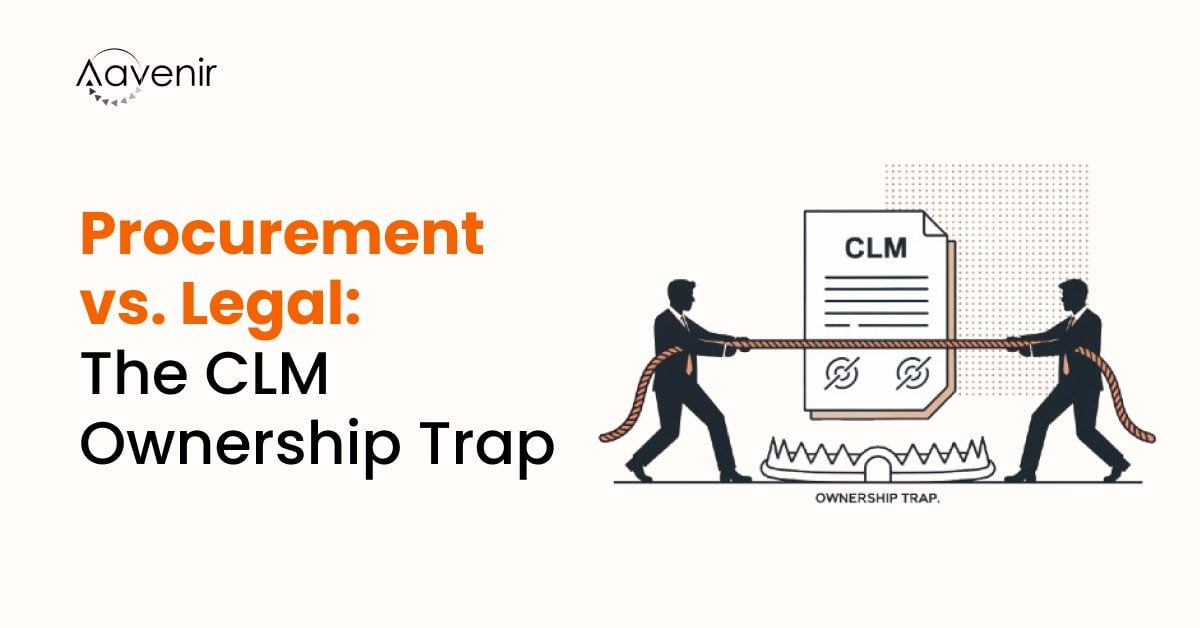Most organizations accept the word “digital transformation” with a pinch of salt. Numerous digital transformation failure stories can be recounted where organizations have filed lawsuits against IT biggies or System Integrators. In some cases, stock prices of organizations dropped 25% when an organization was a lone wolf in the Digital Transformation journey. Multiple reasons can be attributed to a failure in digital transformation such as solving incorrect business cases, limited end-user involvement, etc. Despite multiple challenges, technology adoption does help businesses to outpace growth in operations and revenue. Choosing the right problem to solve and aligning that business process with technology is key to unlock technology’s usefulness in organizations. As with most technologies, the Contract Lifecycle Management(CLM) solution unlocks a multitude of benefits via mitigating supplier risks, proactively tracking contract performance, or deriving valuable insights from your static contracts. Like Digital transformation, the CLM implementation journey has its own potential pitfalls. Every organization should adopt the Crawl-Walk-Run approach for CLM Journey. Let’s deep-dive further on how organizations can adopt CLM software implementation. Every organization has an ad-hoc contract system that hinges on coordination between the legal team and different business stakeholders. This stage is a combination of informal documentation and informal contract request procedures. For a successful CLM software adoption, a CLM Maturity journey can be categorized into four stages.
4 Stages of CLM Maturity for Successful CLM Software Adoption

Stage – I: Centralize Contracts
Organizations can start with storing the contracts in a centralized location to build a contract repository. Stakeholders realize that basic contract management processes and standards are needed to manage the contracts. With a centralized contract repository in place, employees can
- capture basic contract data
- access contracts
- build informal contract teams
- create contract drafts from Word processing template
The Contract Repository lays the foundation for a robust contract management process within the organization.
Stage – II: Contract Authoring
Once employees are comfortable with contract management, organizations can move forward to the stage of self-authoring of contracts. In this stage, organizations have set up a clause library and template library based on different contract types. All contract data are captured in different fields and most fields are manually captured. Workflow application routes the contracts across stages based on a combination of approval hierarchy and validation rules in the organization. Organizations automate the process with contract assembly and template maintenance. This helps to fast-track and streamline the contract authoring process. Employees can expedite contract review and manage contracts effectively.
Stage – III: Cognitive Assistance and Contract Analytics
After centralizing contracts and establishing robust contact routing processes, organizations get more matured and employees start using standard legal language and similar clauses across all contracts. Despite such standardization, employees have to analyze 3rd party papers (External contracts) for suppliers or customers. Artificial Intelligence can be of immense help in extracting metadata and identifying risky obligations from contracts. The accuracy of metadata extraction depends on the training and data accuracy of contracts. With proper training, AI can extract, track, and expedite the contract review in any organization.
Stage – IV: Optimized Value creation
Organizations have overcome the hard work of establishing a contract repository, oriented the employees for adhering to processes, and trained AI models to analyze legal clauses and organization’s contracts. After putting in efforts, organizations can reap benefits via dashboards to track qualitative and quantitative performance metrics. Contracts can now be enabled for compliance monitoring and improved risk assessment and tracking. With the right technology and robust process in place, organizations can set expectations for self-reporting contracts. This transaction approach to contracts leads to continuous improvement and limits exception handling as the system auto-corrects errors and takes necessary actions.
Afterthoughts on CLM Software Adoption
Like most digital transformations, CLM implementations cannot be a big-bang approach, and organizations need to walk through different stages for the successful adoption of CLM software. Some organizations want to achieve analysis from the Cognitive Intelligence stage irrespective of a process. The skipping of stages leads to a multitude of problems as AI may give wrong information and eventually, AI loses fizzle as business users become skeptical about reports and insights. Organizations should adopt an iterative sprint approach for implementing CLM software.




